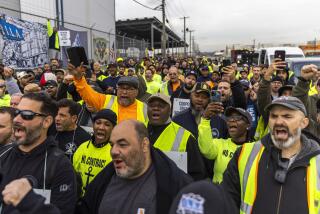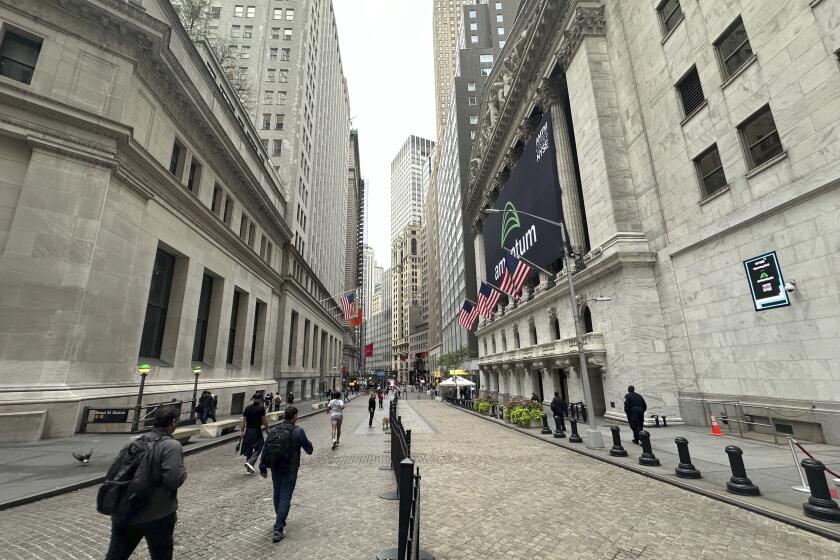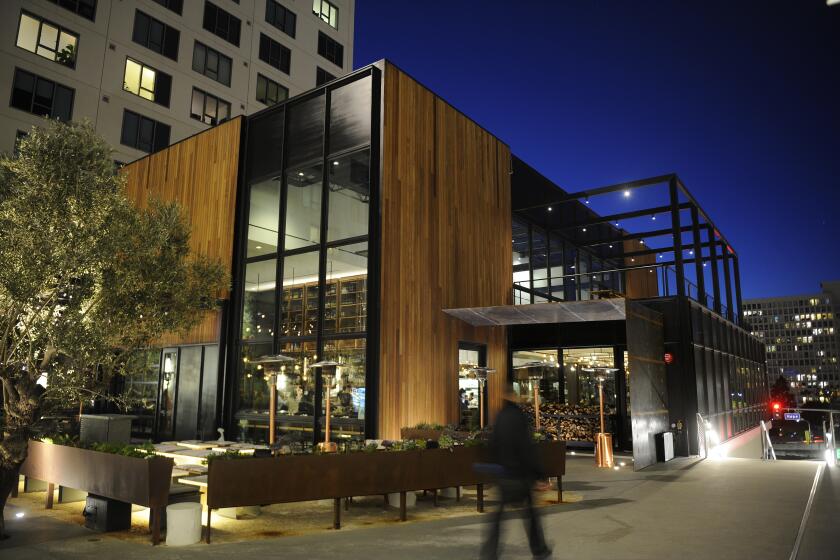Refinery May Be Listed for Superfund Cleanup
State health officials say they are considering placing the Chevron USA Inc. refinery site on the state Superfund list because of liquid hydrocarbons pools that have collected beneath the refinery and seeped into El Segundo and possibly Manhattan Beach.
“We are collecting information on the situation now, and when we update our list, Chevron will very likely be on it,” state Health Department Services spokesman Angelo Bellomo said. “It’s definitely a candidate. Right now it’s more a question of how high on the list it will be ranked.” That ranking should be ready within a month or two, he said.
Placement on the Superfund list would not be a reflection on Chevron, Bellomo said, but rather points up the seriousness of the problem and the state’s commitment to cleaning up the site as quickly as possible.
But, he said, that will not necessarily make the refinery eligible for state cleanup funds.
Sites Must Be Listed
State money, Bellomo said in an interview last week, is used only when the company is unwilling or unable to pay for cleanup and is no longer a determining factor in who goes on the list. Legislation passed this year, he said, requires the state to list all hazardous-waste sites, not just those where state money will be used.
Because of this change, he said, the list has become “much more comprehensive,” nearly doubling in size to 180 sites this year from 93 last year.
Bellomo noted that the company has been “very cooperative and responsible” in working with regulatory agencies but “that doesn’t get them off the hot seat, and it doesn’t keep them off the Superfund list.”
The state, he said, “has a responsibility to protect the health of its residents. Putting Chevron on the list means only that we are keeping a close eye on the situation and want to see it corrected as quickly as possible.”
But a Chevron official said he fears that putting the company on the list may have the opposite result.
Concerned About Image
“If they want to declare this a Superfund site, I think that’s going to require a great deal of analysis and scrutiny. That could slow the project down and make a lot more work for all concerned,” Chevron spokesman Jim Edmisson said.
“Of course, we’re also concerned about the image impact. Getting on the list does bring a certain notoriety, and it’s not the positive kind. It certainly implies a degree of hazard to society.”
Edmisson said he also feared that because Chevron “has moved quickly to define and correct the problem,” the company would become a more tempting candidate for the list.
“They’ve got a lot of sites that they have to pour money into with little results,” he said. “They’d probably consider it a plus to have a site on the list where things are progressing so rapidly, because it would look good.”
State toxics chief Joel Moskowitz, however, said the ranking is calculated solely according to a set of standard criteria that include the degree of hazard and the cost to the state of cleanup.
On List Until Clean
“We look at whether the site is urban or rural, whether there is fire or explosive potential, how hazardous the chemicals are, whether usable ground water is in danger of contamination and how much money--if any--the state will have to use for cleanup,” Moskowitz said.
“In the past, if a company promised to clean up the site and was credible-sounding, we wouldn’t put them on the list. That’s no longer the case. Sites with a serious hazardous waste problem will be put on the list and will stay there until they’re completely clean.
“We don’t have all the information on the Chevron site yet, but it’s clear that this is far from a minor problem.”
The hydrocarbon leakage came to light late last month when El Segundo officials disclosed that gasoline-type liquids had seeped into its manufacturing district from the refinery and that a vapor plume of undetermined size was migrating through the soil in that area.
Less than two weeks after that, extensive testing began to determine the scope and severity of the migration. Chevron detected potentially explosive levels of vapors in the El Porto section of Manhattan Beach along The Strand and has since expanded testing to that area as well. It is as yet unclear whether the El Porto problem stems from the refinery.
Included in those tests will be a survey of the Manhattan Village Mall project, scheduled to begin Monday. The mall, houses and condominiums are situated on a former Chevron tank farm in the northeastern section of the city. Chevron has said that extensive testing was done before the project began but said it will conduct new tests to reassure residents and store owners.
More to Read
Inside the business of entertainment
The Wide Shot brings you news, analysis and insights on everything from streaming wars to production — and what it all means for the future.
You may occasionally receive promotional content from the Los Angeles Times.








